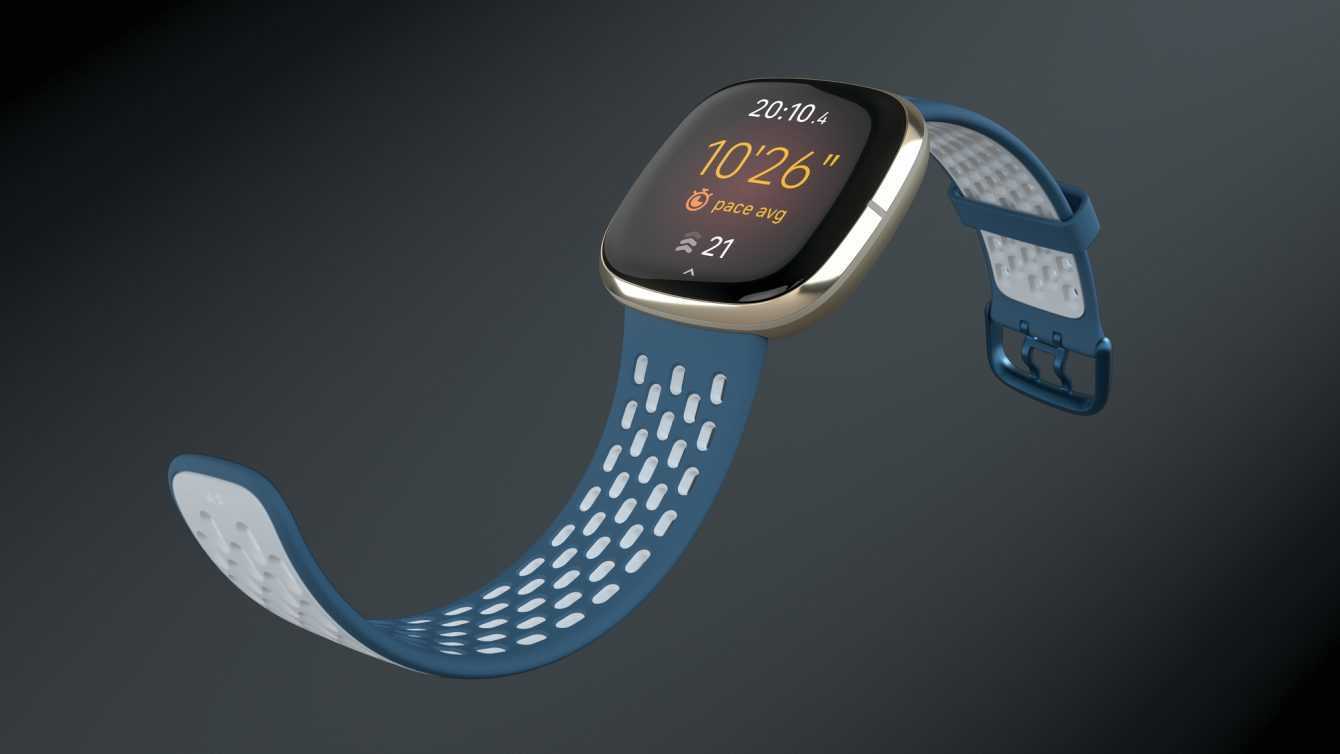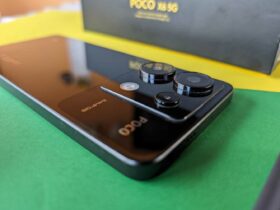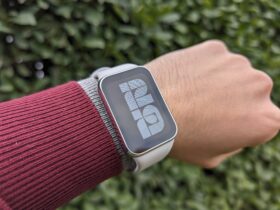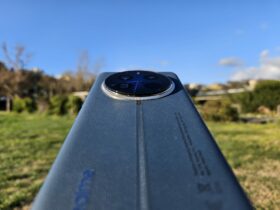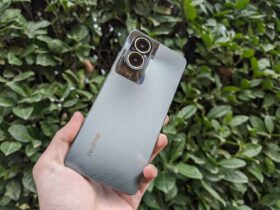We have become familiar with the new Fitbit Sense and now we talk about it in this review. Unrivaled product or simply yet another smartwatch? Let’s find out together
We follow the brand Fitbit since the beginning of the era of “wearables”, have today in hand the brand new Fitibit Sense makes it clear how this type of product has become much more today than we could have thought just three years ago, when we reviewed the Charge 2.
A new product | Fitbit Sense Review
We will start with a clarification: Fitbit Sense is not a smartband, nor a common smartwatch. Fitbit Sense is way beyond, we could define it “Healt Watch” (as also indicated by Fitbit itself) view the wide range of functions dedicated to personal health. In fact, on this product we find a whole series of sensors that, together with the new Fitibit Premium plan, allow you to keep various vital parameters under control. At the time of writing this review we know that several updates will be made in the future to make even better use of what is available at the hardware level. Precisely for this reason, we will not limit ourselves to this review but, in the coming months, we will propose specials that will analyze the added features.
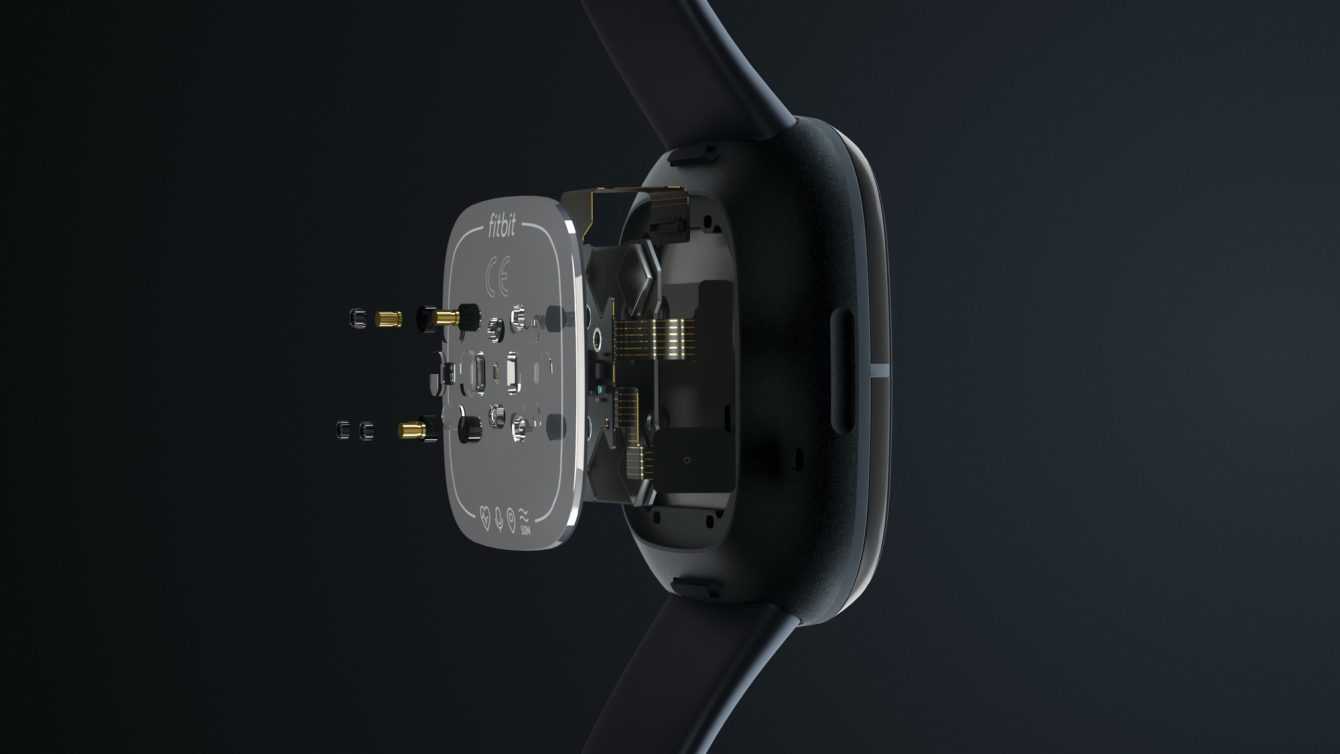
Fitbit Sense arrives on our market for € 329.99 and integrates the possibility of being able to carry out an ECG, SpO2 sensor, skin temperature detection, advanced tracking of sleep and stress.
Packaging, accessories and Design | Fitbit Sense Review
As usual the Fitibit Sense packaging is not the richest, we will find only the Sense, L and S strap (of the chosen color) and the battery charger in addition to the usual instruction manuals. However, the accessories available separately are really many and it is possible to make the Sense very personal thanks to the wide range of straps that can be purchased.
The shapes of the device closely follow the lines of the Versa series but the bezels are very thin consequently it is just 40.48 x 40.48 x 12.35 mm large for a weight of only 45 grams with all the sensors integrated into the body. The device is almost entirely made of aluminum with the frame, which embraces the AMOLED display, made of stainless steel. The display has a diagonal of 1.58 inches with a resolution of 336 × 336 pixels. You immediately notice the undisputed quality of the screen which has very beautiful colors, deep blacks and good, but not excellent, visibility under the sun. Obviously the panel is touchscreen but the software at the moment is a bit immature. You notice some obstacles and the navigation in the menus is not very fluid. This problem will certainly be resolved in the coming months through some software updates.
The side button instead responds very well, even if (for some) the position is not the best. obviously the button can be configured at will so we can choose which function to attribute to it, the commands that can be set are: double tap, single press, long press. As shown in the opening image, the sensors and the hooks for charging are in the rear position, the coupling is then magnetic in order to greatly simplify the charging operations, which are however very fast. Finally, we highlight how Fitbit Sense is equipped with a microphone and speaker with a lot of diving possibilities up to 50 meters.
Functionality Fitbit Sense Review
Fitbit Sense can track a full set of health metrics. Thanks to the various integrated sensors, it can monitor the heartbeat thanks to PurePulse 2.0 technology, perform an ECG, check electrodermal activity to control stress thanks to an EDA sensor, detect the level of oxygen in the blood (SpO2), record the skin temperature. All this information, however, is, at the moment, limited by the software present. But let’s go in order.
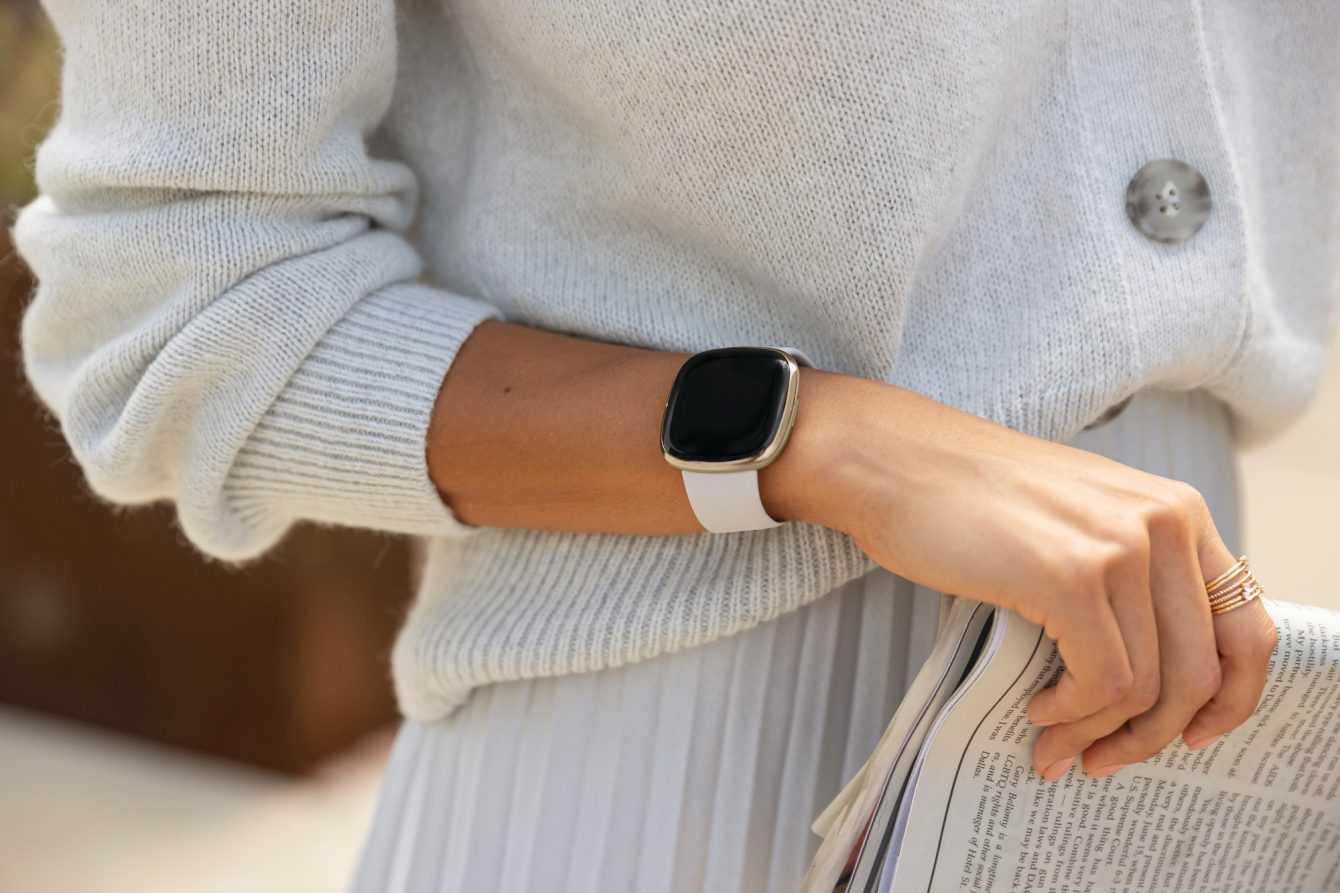
The heartbeat detection is constant, with 1 second interval during training, and 5 seconds for the rest of the time. The new sensor is extremely accurate and performs well in all situations. The new ECG functionality (even certified) requires the use of the dedicated app (Fitbit ECG) which detects, thanks to the sensor, all the data relating to atrial fibrillation in 30 seconds. The results cannot be consulted directly but exclusively from the smartphone, it will also be possible to export them in PDF format.
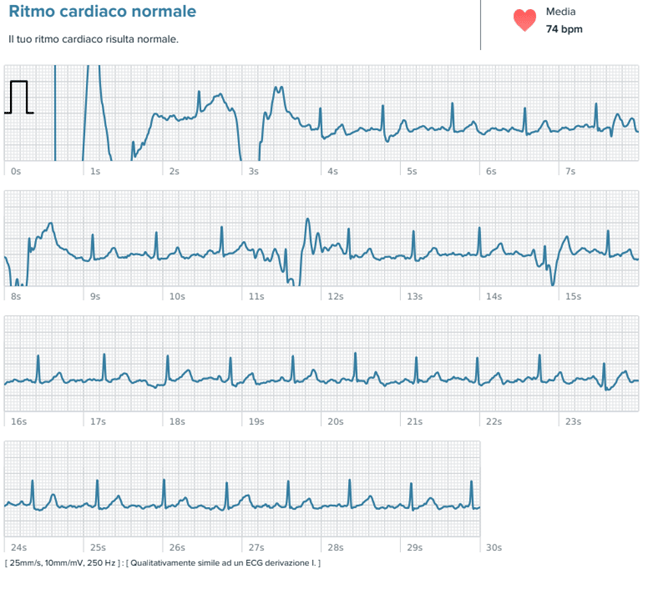
To detect the level of oxygenation of the blood instead it is necessary to install a particular “quadrant” which will enable this feature overnight. Although the measurement is actually in line with what can be measured with a special medical device, we find it rather unfortunate that it only works with a particular quadrant and not with all. This point can therefore be improved and we hope that Fitbit will release updates on this. To measure the skin temperature instead, it is necessary to wear it at night and at least for three nights. These findings turned out to be somewhat ambiguous in interpretation. Indeed Sense does not measure the temperature directly but the difference between the basal value and the current value, for which the result is indicated for example as “+ 0.3 ° C higher than the basal value” and not directly as temperature. From this data we can certainly understand our state of health but we do not have the actual temperature at a glance. It is also possible to record one’s moods, and thanks to this the app will indicate our state of health.
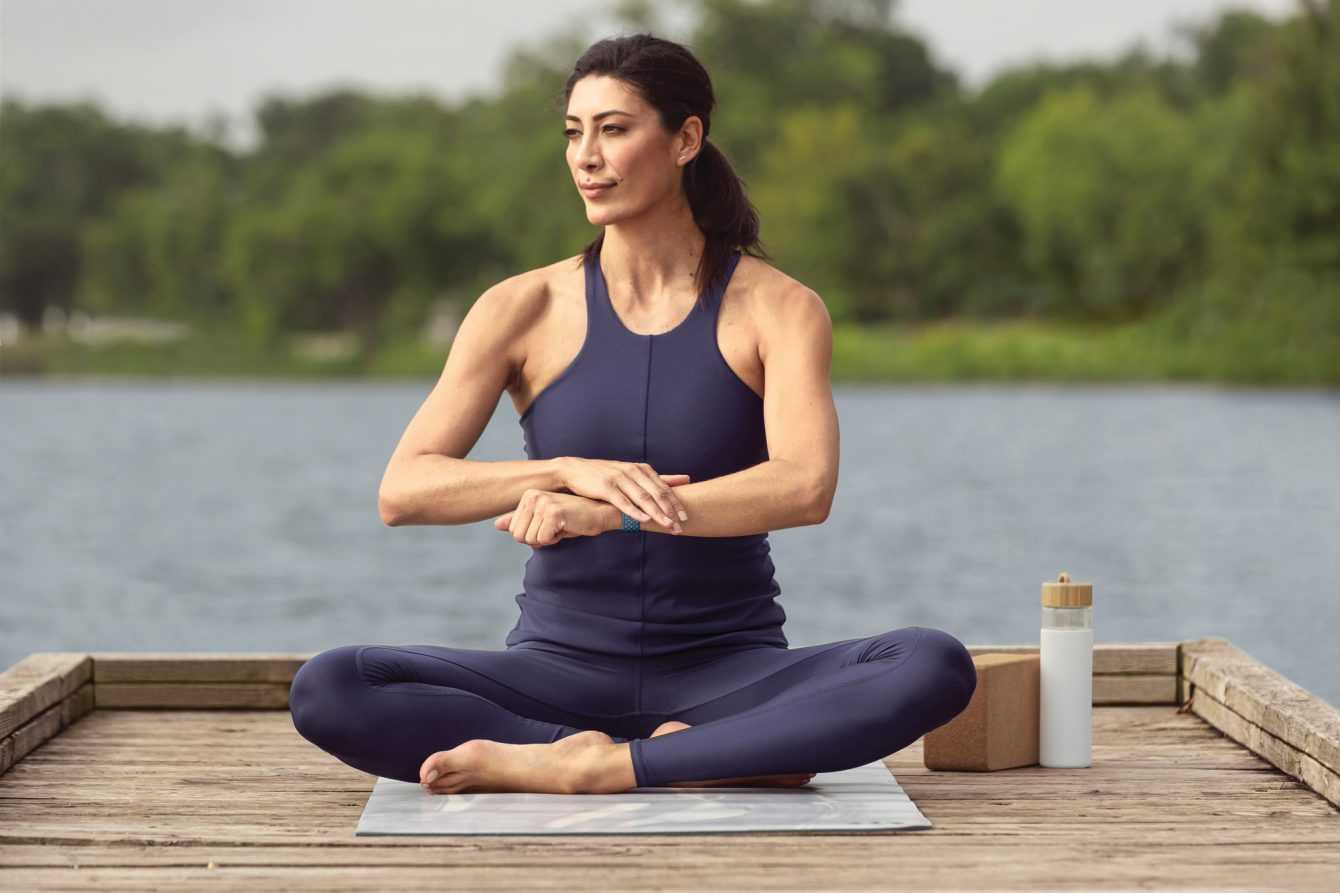
Perfect, as usual in the Fitbit home, the sleep tracking which is given an overall score that indicates the quality of sleep with a maximum score of 100 consisting of 50 points for the duration of sleep, 25 points for the duration of deep sleep and rem, 25 points for recovery, estimated from our heart rate. As usual, the integration with the coach and the advanced functions of weight tracking, training etc. is perfect. We also have GPS which turns out to be very responsive and comfortable for different activities, first of all running. The “auto-detection” function is also excellent of the activities with consequent tracking in detail of the activity. GPS tracking, on the other hand, must be enabled manually, a shareable choice as we would not have liked automatic tracking without consent.

The situation is different for smart features. All the basic features that we can find in any other smartwatch are present however, at the moment there are some limitations in the integration with Alexa (currently the answers are text only), absent for now Google Assistant which will arrive in the coming months. There is support for Spotify and Deezer, but you must have a Premium subscription to both in order to use them. Finally, there is also theNFC for mobile payments with Fitbit Pay.
The autonomy is perfectly in line with i 6 days declared by Fitbit if you do not use GPS often and do not activate the Always On display, in line with competitors. We then report the presence of functions dedicated to the management of health emergencies with reminder, the same we are used to for managing workouts, which can be activated to remind you to perform certain activities, such as washing your hands.
An unrivaled product
Fitbit Sense is a product that, at the hardware level, really has no rival especially if your interest is strictly related to health monitoring. In fact to date is the only viable alternative to Apple Watch compared to which, at the hardware level, it is even superior. What is missing today, however, is a software capable of fully expressing all the potential of the product. In the coming months Fitbit has already announced that a series of features will be added to make the most of the product.
At present we recommend Fitbit Sense but with reservations regarding everything that has been promised by the company: we will not fail to update you with dedicated specials. Certainly if you want the best hardware on the market Sense is the product you are looking for: trust, Fitbit has always kept its promises.
Points in favor
- The best hardware on the market
- Features dedicated to health
- Fit
- Autonomy
- Advanced functions






